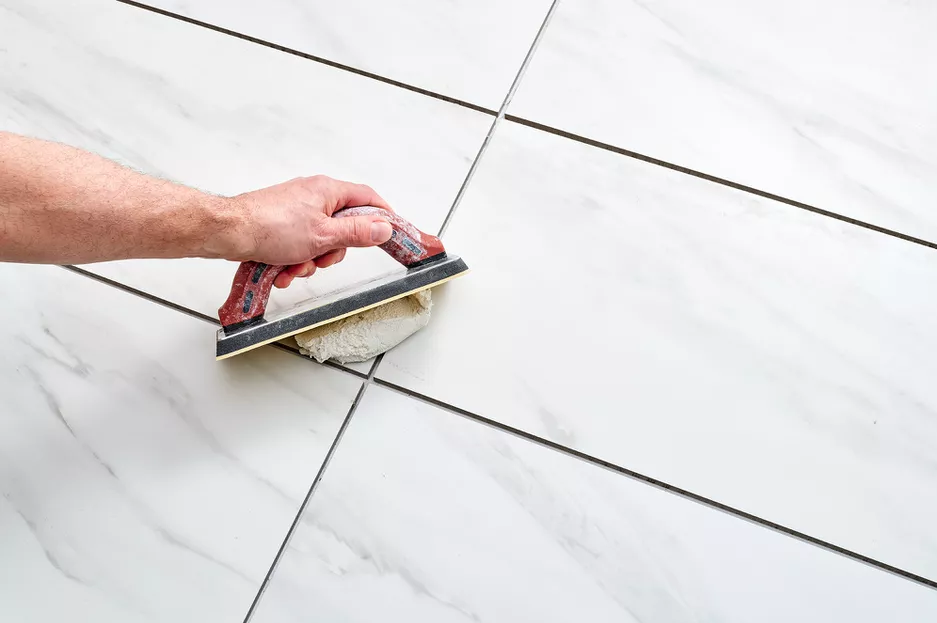Building Adhesives An Essential Component in Construction and Design
Building adhesives play a crucial role in the construction and design industries, serving as the invisible yet vital bonds that hold together various materials and structures. These adhesives are formulated to connect different substrates efficiently and securely, ensuring that they can withstand a range of environmental stresses and loads. As construction methods evolve and materials become more diverse, the demand for high-performance adhesives has increased significantly.
Different Types of Building Adhesives
Building adhesives can be classified into various categories based on their chemical composition, purpose, and application methods
. Some common types include1. Polyurethane Adhesives Known for their strength and flexibility, polyurethane adhesives are suitable for bonding a wide range of materials, including wood, metal, and plastic. They are often used in applications that require durability and resistance to moisture.
2. Epoxy Adhesives These are two-component systems that provide exceptional bond strength and chemical resistance. Epoxy adhesives are commonly employed in heavy-duty applications, such as bonding metal structures, as well as in repairs and reinforcements.
3. Acrylic Adhesives These adhesives offer fast curing times and excellent adhesion to various substrates. They are often used in construction for bonding plastics, composites, and glass, where clarity and aesthetics are particularly important.
4. Cement-Based Adhesives Frequently used in tile and stone installations, cement-based adhesives provide strong bonding capabilities while also contributing to the overall rigidity and stability of the construction.
5. Hot Melt Adhesives These thermoplastic adhesives are applied in a molten state and solidify upon cooling. They are often used in packaging and woodworking applications due to their quick setting time and versatility.
building adhesive

Applications in Construction
Building adhesives are utilized in numerous construction applications, from residential buildings to large-scale infrastructure projects. They are essential for
- Flooring Installation Adhesives are used to bond various types of flooring materials, including tiles, carpets, and hardwood, ensuring that they remain securely in place and can withstand foot traffic.
- Wall Coverings Whether it’s drywall, panels, or wallpaper, adhesives provide the necessary support to keep wall coverings firmly attached, enhancing both aesthetics and insulation.
- Roofing Systems In roofing applications, adhesives help bond membranes and shingles, providing a waterproof seal that is essential for protecting against leaks and environmental damage.
- Window and Door Frames Adhesives are used to secure window and door frames, contributing to the structural integrity and insulation of buildings while facilitating installation.
The Future of Building Adhesives
As the construction industry moves toward sustainability and efficiency, the development of eco-friendly adhesives has become a priority. Manufacturers are focusing on creating adhesives that are both effective and environmentally responsible, reducing harmful emissions and utilizing renewable resources. Additionally, advancements in technology are leading to the formulation of smart adhesives that can respond to environmental changes, enhancing the longevity and reliability of bonded structures.
In conclusion, building adhesives are a fundamental component in modern construction practices, providing strength, durability, and versatility across a multitude of applications. As materials and methodologies continue to evolve, the future of building adhesives will undoubtedly play a significant role in shaping the way structures are designed and constructed, ensuring safety and sustainability in our built environment.






